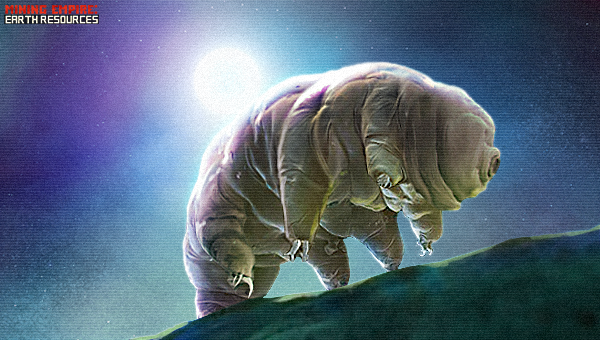
Refining of oil products is a very complex process. After being delivered to the refineries, they go through several stages before turning into ready-to-use products.
- primary distillation preparation;
- primary oil refining (production of oil distillation products);
- oil and gas recycling (oil distillation product quality improvement);
- oil products received refining.
_______________________________________________________________
Primary distillation preparationThe oil wells products, extracted during drilling, contain impurities, which include water, salt, clay, soil particles, sand and APG (associated petroleum gas). The longer a mine is exploited, the more water and other impurities does the extracted raw material includes.
To avoid this, raw materials are subjected to the complex processing of oil and gas (purification) process, mechanical in the first stage, and after that - fine. In addition, mining products are split in oil and gas separators at the preparatory stage. In order to increase the efficiency of further processing, the crude oil is dehydrated and desalted using special electrical desalting plants.
Primary oil refiningThe purpose of primary refining is the split of oil and gases into separate hydrocarbon fractions. Such distillation allows to obtain a whole range of oil products and semi-finished products. The product of the crude oil distillation is called
straight-run.
This process is based on the difference in boiling points of various hydrocarbons groups. As a result, crude oil is divided into various light and dark fractions, which are straight-run oil products.
Oil recyclingSecondary refining is a thermal and catalytic effect on a straight-run oil refining product, which changes the hydrocarbons nature, contained in it.
The main technologies of oil refining:
- Fuel. With the help of this technology, various highest-quality fuels are received;
- Fuel and lube. With this technology it is possible to get not only fuel, but also lubricating oils and, asphalt;
- Petrochemical. The technology that includes the greatest variety of end products: fuels, oils, synthetic rubber, detergents, alcohol and many other chemicals.
Purification of the resulting oil productsRemoval of undesirable components (distillates and residues from the oil distillation) that adversely affect the performance properties of fuels and oils from the oil products. Such components include sulfur and nitrogen compounds, asphalt-resinous substances, etc.




